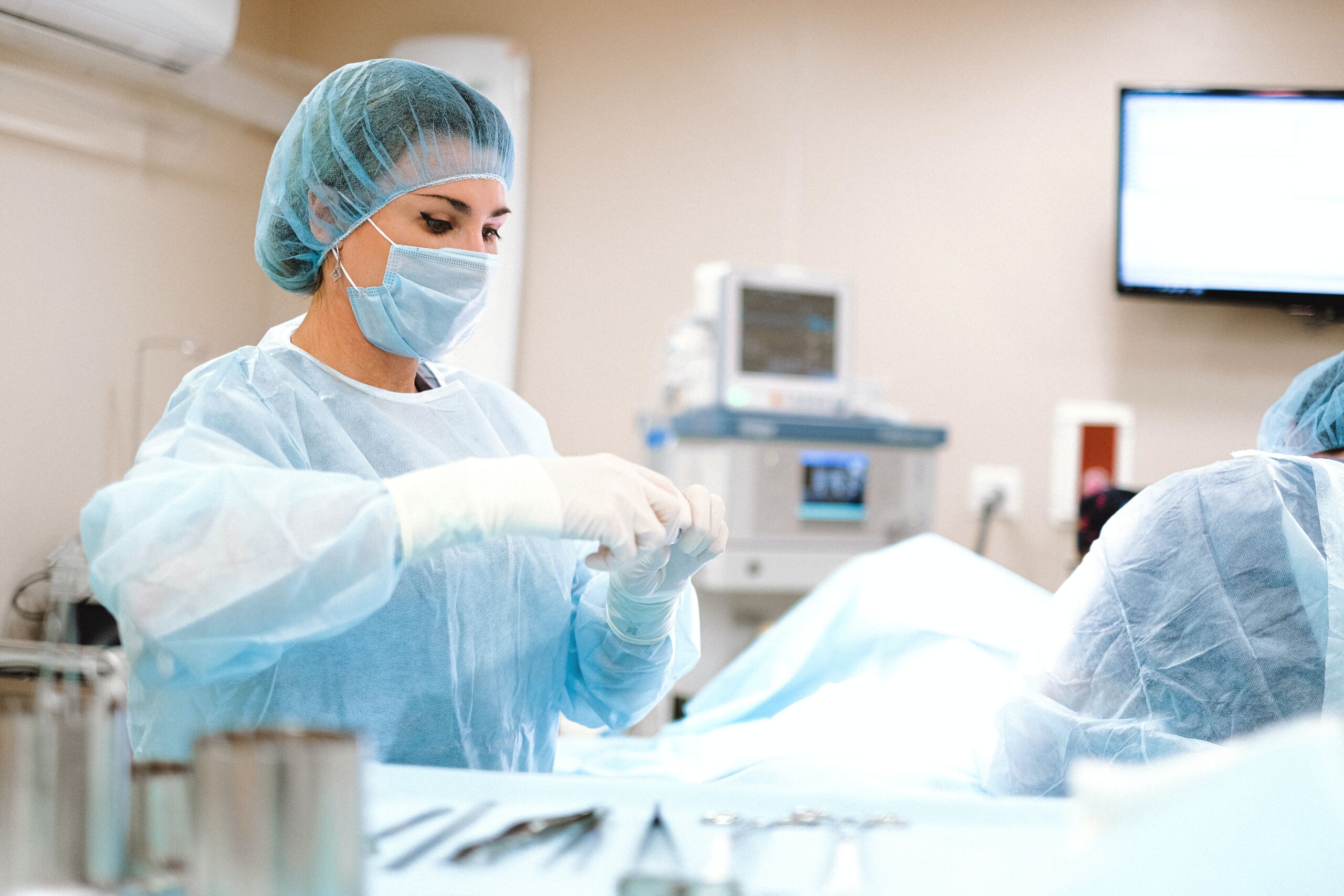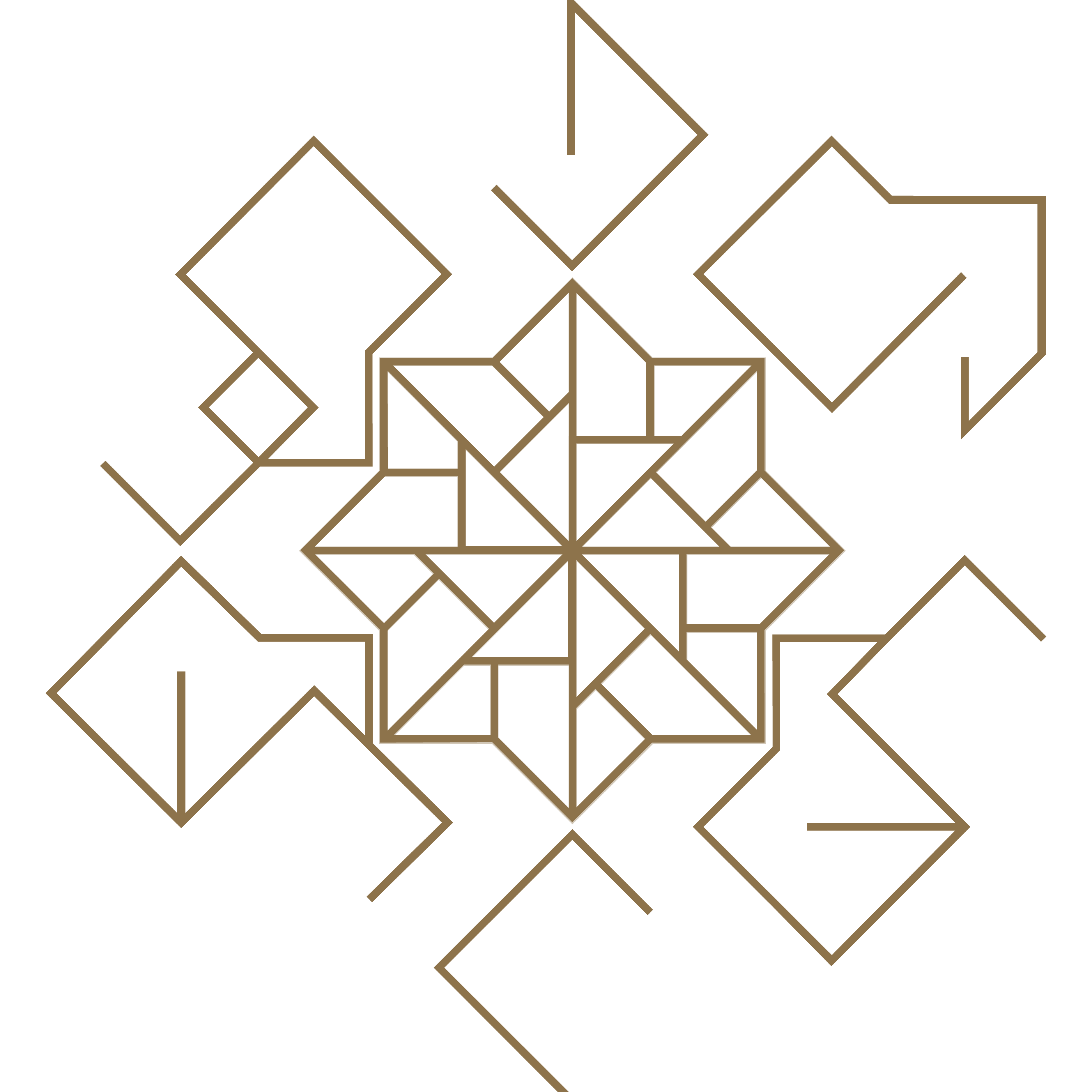
MIRAS – Mechanically-intelligent Intraoperative Tissue Assessment for Robot-Assisted Surgery
A ground-breaking surgical method of assessing the spread of cancer in tissues
surrounding a primary cancer growth is being developed by researchers and industry partners in Edinburgh to help improvesurgical outcomes and enhance patient care.
The project is based around the development of the MIRAS probe – Mechanically-intelligent Intraoperative Tissue Assessment for Robot-Assisted Surgery – that can be used with robot-assisted keyhole surgery to give greater precision and realtime assessment to help surgeons differentiate between normal and abnormal tissue around a cancer growth, allowing them to have improved precision in removing the cancerous nodule with a high confidence level during an operation.
The project, which has been awarded a £1.25million three-year grant from the Engineering and Physical Sciences Research Council – part of UK Research and Innovation – is being undertaken by the National Robotarium.
The National Robotarium research team will work alongside industry partners IntelliPalp Dx, a prostate cancer diagnosis screening company, and CMR Surgical, a leading surgical robotics company, together with two leading clinicians working at the Western General Hospital in Edinburgh.
Leading the project team is Dr Yuhang Chen, Associate Professor of Biomedical Engineering at Heriot-Watt University, whose research into the biomechanical behaviour of tissue has pioneered a way of identifying the difference between cancerous tissue and its normal counterpart. His
team has developed a mechanical probe, which is supported by a set of complex ‘mechanical intelligent’ algorithms, to provide evidence-based and real-time assessment of the tissue’s disease status. This concept has been proven in the lab and will now be tested in clinical situations in the
hospital once the device has been redesigned to be compatible with CMR Surgical’s robot-assisted equipment.
In surgery, the outer rim of tissue around a cancer growth, which the surgeon chooses to remove, is known as the ‘surgical margin’. Currently, surgical margins are identified using the surgeon’s experience, preoperative imaging such as CT scans together with visual observations and, in open surgery, tactile ‘feel’. Another method involves sending specimens during the operation to the pathology lab for ‘frozen section,’ which takes time and is not always possible. However, when undertaking keyhole surgery using laparoscopic, endoscopic (flexible telescope) or robotic operations, surgeons can’t use ‘feel’ to determine tissue characteristics.
Dr Chen said: “Unlike open surgery’, where surgeons can see and feel the tissue they are operating on, in keyhole surgery access to the condition of the tissue in and around the area of cancer being examined is limited to what the surgeon can see on their monitor screen. However, by incorporating our device on the laparoscope, the surgeon will be able to detect the presence of cancer by physically ‘touching’ the tissues with the probe, which will provide a real-time assessment of the tissue’s condition and help the surgeon map the boundary of infected tumour nodules with high confidence. The surgeon can then remove the cancerous tissue in the same surgical session with the help of surgical robotics, providing an improved clinical outcome for the patient.
A challenge for the team is to make the prototype tissue probe, which was developed in the lab, compatible with the robot-assisted equipment used in keyhole surgery. That’s why Dr Chen has gathered a multi-disciplinary team from the National Robotarium together to develop the
design of the probe and the associated systems.
He explained: “We have to miniaturise our medical device down to around a centimetre in size and make it work with the surgical robotic system currently used at the hospital.
“As you can imagine, when you have mechanical parts, and you also have to integrate these with a sensitive measurement functionality, things become quite tricky. Traditional manufacturing methods will not work at this scale and that’s why we’ve brought in Professor Duncan Hand’s team who are specialists in laser manufacturing, Dr Bill McPherson for his expertise in fibre-optic sensors and Professor Bob Reuben, who is a medical device expert, to make everything work in a small envelope.”
On the clinical side, consultant colorectal surgeon Hugh Paterson and consultant urologist and surgical specialist Daniel Good will be using the device once it is integrated into the robot-assisted surgery equipment. They will be assisted by a clinical research fellow at the Western General Hospital.
Dr Chen added: “This new technique will offer surgeons a quantitative, real-time, reliable and evidence-based method for determining the optimal surgical margin to make when removing a tumour. This will effectively minimise the margin of error for surgeons, giving them confidence that they have removed the correct amount of tissue during the operation itself and reduce the need for further invasive surgery for patients.”
Mr Paterson said he was excited about the potential of this project for keyhole surgery: “Robot assisted surgery is the next major development in minimally invasive surgery and has seen rapid development in its application for a wide variety of conditions. This project, however, will be one of its first applications to support and improve accuracy in cancer surgeries which is extremely exciting. “We believe this new technique will restore ‘feel’ to surgeons doing robotic surgery, allowing greater precision through accurate assessment, hugely benefiting patients and significantly limiting repeat surgery and the need for additional treatments.”
After three years, the team hope to have developed the technology and proved its value in the clinical trials that will ultimately lead to the commercialisation of the device.
Dr Chen said: “The National Robotarium is a perfect vehicle for supporting academic research into products with strong industrial links, and a platform to develop further commercialisation, working with the industries and clinicians.”



